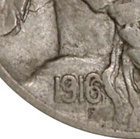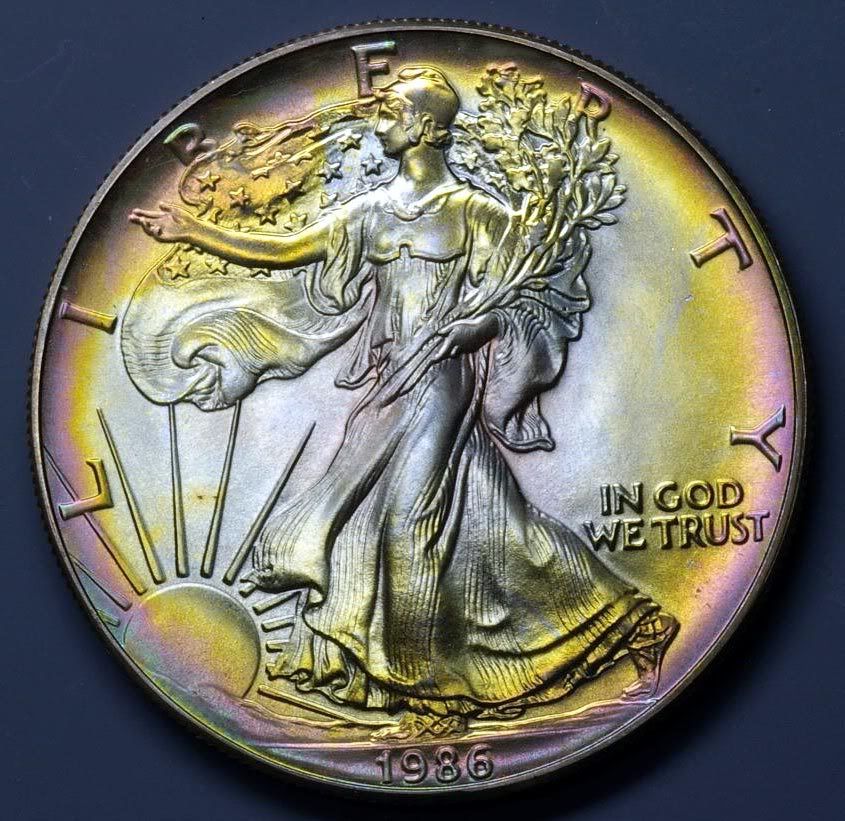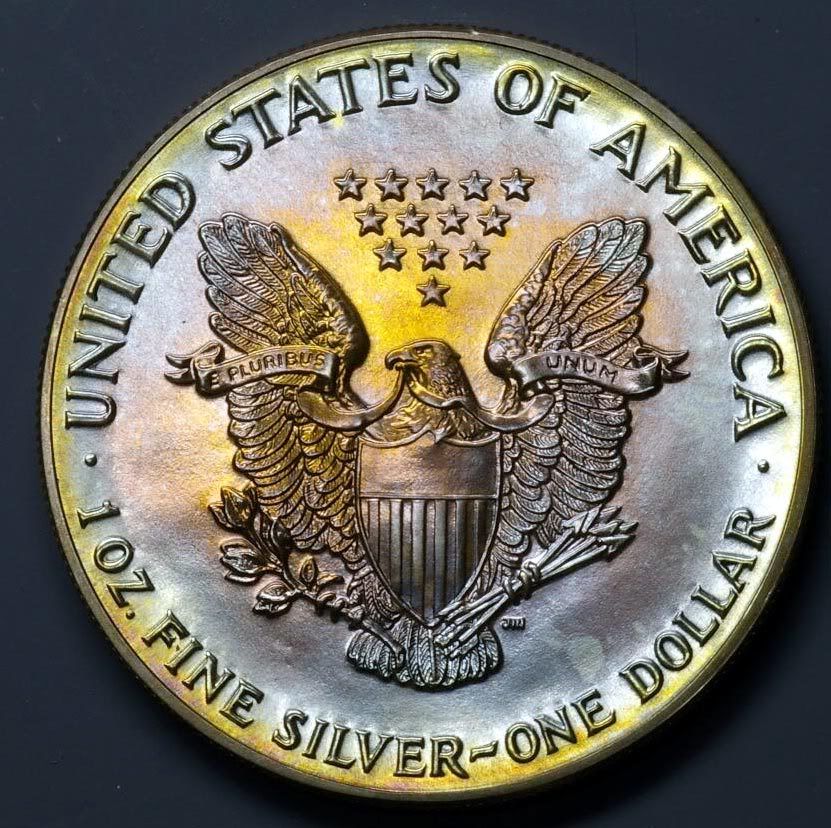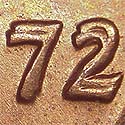Upgrading to a digital SLR camera
|
  |
| Author |
Message |
 DanesterAdvanced Member DanesterAdvanced Member
Posts: 176
Joined: 18 Aug 2005
Location: Las Vegas, NV
|
|
 Posted: Thu Apr 26, 2007 3:16 pm Posted: Thu Apr 26, 2007 3:16 pm |
 |
|
Kim Komando sent me this article today on......
Upgrading to a digital SLR camera
There are important differences between film and digital SLRs. There are more and more choices when it comes to digital SLRs. Prices have declined sharply in recent years, driving growth in this market.
SLR (single lens reflex) cameras differ from point-and-shoots in many ways. First, they provide advanced controls. They allow you to adjust shutter speed and aperture size. And that's just the beginning. SLRs provide many options for getting the best photos possible,
SLR basics
There are a few types of digital SLRs, so let's start with the basics. First, there are SLR-style cameras. They're not true SLRs, but they provide many of the same options. So what makes a true SLR? When you look through the viewfinder, you see exactly what the camera will capture. That's thanks to a mirror inside the camera. When you press the shutter release, the mirror flips up. The sensor then captures the image.
A few digital SLRs have fixed lenses. The inability to change the lens is very limiting. Presumably, you're buying an SLR because you're serious. Why limit yourself with a fixed lens? I'd put my money into an SLR that allows lens changes. Generally, the digital sensor is the only significant difference between these and traditional 35mm SLRs.
Megapixels
So, how do you go about choosing a camera? People tend to judge digital cameras by the number of megapixels. How many megapixels equal the quality of a 35mm camera? There are too many variables in camera bodies, film types and sensors to make that comparison. Besides, the number of megapixels doesn't necessarily correlate to picture quality.
Megapixels refer to the size of image a camera will capture. The more megapixels you have, the more you can enlarge your pictures. So, if you want to print posters, you need a lot of megapixels. A two-megapixel camera might well make excellent 4x6 prints. It all depends on the quality of the camera.
Many consumer SLRs fall into the six-to-eight-megapixel range. They will give you large prints. But, if you find a camera with more megapixels at a good price, go for it. The extra megapixels will give you the flexibility to make really large prints!
Image sensors
The quality of the camera's sensor is more important than the megapixel count. There are two types of sensors: CCD (charged-coupled device) and CMOS (complementary metal-oxide semiconductor). Whew!
CCD is most common. It generally provides the best image quality, with a greater dynamic range. It also offers faster speeds. However, CCDs tend to be more expensive and use more power.
CMOS sensors are larger than CCDs, often resulting in bulkier cameras. CMOS sensors are improving. Some are better than CCDs.
You should also consider the sensor's size. Bigger is always better. That's because the resulting pixels are bigger. Larger pixels mean increased dynamic range and light sensitivity.
Ideally, sensors should be the same size as a frame of 35mm film. Cameras sporting such sensors have big price tags.
Lenses
Cameras with sensors smaller than a 35mm frame magnify the focal length of the lens. This is something to consider if you already own 35mm lenses. In most cases, they will fit the same brand of digital camera.
The magnification is beneficial with telescopic lenses. It will give you even more range. But the magnification narrows the range of wide-angle lenses. Test that. If necessary, buy a wide-angle lens intended for your digital camera. A word to the wise: Generally, digital SLR lenses work poorly with a 35mm SLR. The reason? The lenses do not project the image over the entire 35mm frame. The result will be vignetting (dark circles) around the printed images.
Another important feature in SLRs is image stabilization. You won't always have your tripod with you. Image stabilization can sometimes help offset camera shake. However, it is no substitute for a tripod.
If you're working in a low-light situation where shutter speeds will be low, image stabilization won't stop blurring. Also, telephoto lenses tend to magnify camera shake. Again, image stabilization is of limited use with these lenses.
Frame rate and light metering
A big factor for me is the camera's frame rate. At the high end, you find cameras that take photos at 8fps (frames per second). The low end is about 2fps. Higher is better. You'll be able to shoot more continuous shots.
You should also consider light metering. The more types, the better. For example, most offer center-weighted and spot metering.
But there are many more types of light metering. Basically, cameras use a formula to calculate the correct exposure. You can tell the camera to use different variables when calculating the exposure, depending on the effect you want.
Modes and other features
Much of this can be accomplished with mode settings. These are common on point-and-shoot cameras. They help the camera handle movement and light.
More and more, manufacturers are adding these to SLRs. Of course, most SLR buyers are interested in working with the settings themselves. But sometimes, you'll just want to take photos without the fuss.
When it comes to settings, you need the ability to store your own. Having your favorites at hand will save a lot of fiddling. The more settings you can store, the better.
Next up is file formats. You should be able to capture images in JPEG and TIFF formats. But you probably also want to capture RAW images. They're minimally processed, so you can make more changes to the images on your computer. Also, they're smaller than TIFFs, but do not have the data loss of JPEGs.
However, RAW formats are usually proprietary to the camera manufacturer. So, your photo-editing software may not handle the camera's RAW format. Check for software compatibility before you buy. RAW images must be converted to another format for printing and sharing. So ensure that your software can handle the conversion.
You may or may not care about the LCD. You'll probably be looking through the lens finder. But you may want to review shots on your camera. So the LCD should be bright and clear. You should have the option of disabling the display to preserve battery life.
Other nice features are wireless transfer and PictBridge compatibility. Wireless transfer allows you to transmit photos without connecting via a cable. PictBridge is a standard that allows you to connect and print directly to a printer via a cable. These are convenient. But I wouldn't base a decision on them. They're just icing on the cake.
http://www.komando.com/buyguide/index.aspx?id=2168
_________________
The Danester
"Research is what I do when I don't know what I doing" - Wernher Von Braun
|
|
|
|
|
 |
drwstr123Member
Posts: 97
Joined: 09 Mar 2006
Location: jackson, nj
|
|
 Posted: Thu Apr 26, 2007 4:11 pm Posted: Thu Apr 26, 2007 4:11 pm |
 |
|
Get a DSLR to which you have an availabilty of lenses. It takes time but it is worth it. You'll wind up selling your 35mm on the Bay. Mike




|
|
|
|
|
 |
 DanesterAdvanced Member DanesterAdvanced Member
Posts: 176
Joined: 18 Aug 2005
Location: Las Vegas, NV
|
|
 Posted: Thu Apr 26, 2007 4:40 pm Posted: Thu Apr 26, 2007 4:40 pm |
 |
|
Mike, nice images.... especially the rainbow toned Dollar. What brand of Digital SLR did you buy?
Danester
_________________
The Danester
"Research is what I do when I don't know what I doing" - Wernher Von Braun
|
|
|
|
|
 |
drwstr123Member
Posts: 97
Joined: 09 Mar 2006
Location: jackson, nj
|
|
 Posted: Thu Apr 26, 2007 5:40 pm Posted: Thu Apr 26, 2007 5:40 pm |
 |
|
Danester
I've got a Pentax ist DS. From what I understand, there's not a whole lot of manufacturers of CCDs, so the main difference is in the lens. (I shoot @ 1.5mp) Mike
|
|
|
|
|
 |
 DickExpert Member DickExpert Member
Posts: 5780
Joined: 21 Sep 2006
Location: Rialto, CA.
|
|
 Posted: Thu Apr 26, 2007 11:38 pm Posted: Thu Apr 26, 2007 11:38 pm |
 |
|
Those are really nice photos. I would like mine to come out as well, but I think I'll practice a bit more. Notice the "feeder damage" on the rev of the cent? I usually find that on the other side, going thru the "e-pl" area. I don't find any toning on my SE's, yet. Maybe I haven't had them long enough.
Dick
_________________
" Deja Moo: The feeling that you've heard this bull before".
|
|
|
|
|
 |
 BankRollsAdvanced Member BankRollsAdvanced Member
Posts: 110
Joined: 13 Apr 2007
Location: Alpena, AR
|
|
 Posted: Fri Apr 27, 2007 1:00 am Posted: Fri Apr 27, 2007 1:00 am |
 |
|
Awesome Shots!
I also own a Pentax.
Mine is an OLD OLD OLD model K1000 from 1979.
I love my 2X Tele Converter along with the 135 mm lens!
Makes for some great shots!
_________________
Faith is not a leap in the dark, but a step into the light.
|
|
|
|
|
 |
drwstr123Member
Posts: 97
Joined: 09 Mar 2006
Location: jackson, nj
|
|
 Posted: Mon Jun 25, 2007 5:10 pm Posted: Mon Jun 25, 2007 5:10 pm |
 |
|
No posts in a long time. Got a new pics. It shows what a dedicated Macro lens can do:


|
|
|
|
|
 |
 Bob PSite Admin Bob PSite Admin
Posts: 3482
Joined: 01 Jul 2003
Location: Niceville, Florida
|
|
 Posted: Tue Jun 26, 2007 4:26 pm Posted: Tue Jun 26, 2007 4:26 pm |
 |
|
Very, very impressive photographs. I agree that the dedicated macr lens can give you great pics. Well done!
_________________
Bob Piazza
Site Admin/Moderator
Attributer/Photographer
bobp@coppercoins.com
mustbebob1@gmail.com
|
|
|
|
|
 |
 DanesterAdvanced Member DanesterAdvanced Member
Posts: 176
Joined: 18 Aug 2005
Location: Las Vegas, NV
|
|
 Posted: Tue Jun 26, 2007 8:31 pm Posted: Tue Jun 26, 2007 8:31 pm |
 |
|
So, these images were not taken through a microscope. You used your camera and a macro lens mounted on a copy stand and a light source?
Please discuss the use of a macro lens (what it is, properties, the one best for coins). I have no experience with "zoom in" type photography and would like to give it a go.
I am sensing that a macro lens is the way to go for a complete coin image, and microscope photography is the way to go for close-up images.
Danester
_________________
The Danester
"Research is what I do when I don't know what I doing" - Wernher Von Braun
|
|
|
|
|
 |
 DickExpert Member DickExpert Member
Posts: 5780
Joined: 21 Sep 2006
Location: Rialto, CA.
|
|
 Posted: Wed Jun 27, 2007 12:05 am Posted: Wed Jun 27, 2007 12:05 am |
 |
|
Those photos are real beauties. I thought they were taken thru a 'scope, and was wishing I could get mine to look that way. Now I know.... As Danester asked, it would be nice to know a little more about "those lens", etc. I'll be looking forward to finding out more about them.
Dick
_________________
" Deja Moo: The feeling that you've heard this bull before".
|
|
|
|
|
 |
drwstr123Member
Posts: 97
Joined: 09 Mar 2006
Location: jackson, nj
|
|
 Posted: Wed Jun 27, 2007 6:16 pm Posted: Wed Jun 27, 2007 6:16 pm |
 |
|
Hi, Thanks for the nice words. I would like to clear something up, There are several P&S(point and shoot) cameras that take great macro pics. They're much less expensive than a DSLR. I got into it because I love coins and taking pics. The dedicated Macro is its sole purpose. There are other lens that have macro capabilities (ie. a switch) that can do well but are not quite for me. I find them a waste of money. I wanted to take pics like the ones that inspired me. Some of the great pics that appear on several of the forums. With the DSLR it's all about controlling vaiables, and there are many. It takes learning and repetition. The dedicated Macro gives a comfortable working distance and allows easily for different lighting. I wanted to get results that were as if the coin was infront of you and you could reach out and touch it. I'm getting less worse all the time. Mike
PCGS MS65:


|
|
|
|
|
 |
drwstr123Member
Posts: 97
Joined: 09 Mar 2006
Location: jackson, nj
|
|
 Posted: Fri Jul 13, 2007 4:35 pm Posted: Fri Jul 13, 2007 4:35 pm |
 |
|
|
|
|
|
|
 |
|
|
  |
| Page 1 of 1 |
|
|
